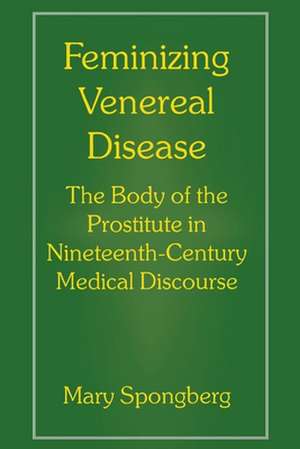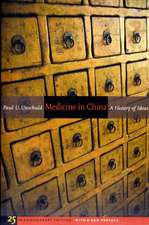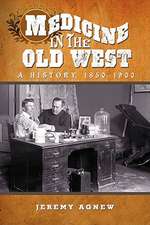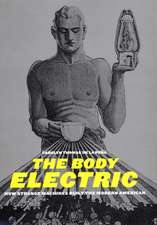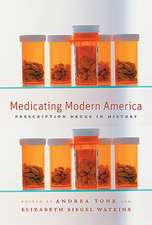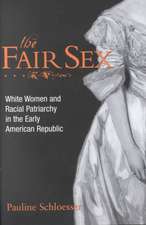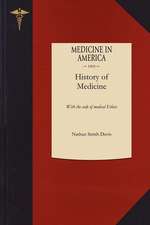Feminizing Venereal Disease: The Body of the Prostitute in Nineteenth-Century Medical Discourse
Autor Mary Spongberg, Paul Vanderhamen Limba Engleză Hardback – 31 dec 1996
In 1497 the local council of a small town in Scotland issued an order that all light women--women suspected of prostitution-- be branded with a hot iron on their face. In late eighteenth- century England, the body of the prostitute became almost synonymous with venereal disease as doctors drew up detailed descriptions of the abnormal and degenerate traits of fallen women. Throughout much of history, popular and medical knowledge has held women, especially promiscuous women, as the source of venereal disease. In Feminizing Venereal Disease, Mary Spongberg provides a critical examination of this practice by examining the construction of venereal disease in 19th century Britain.
Spongberg argues that despite the efforts of doctors to treat medicine as a pure science, medical knowledge was greatly influenced by cultural assumptions and social and moral codes. By revealing the symbolic importance of the prostitute as the source of social disease in Victorian England, Spongberg presents a forceful argument about the gendering of nineteenth- century medicine. In a fascinating use of history to enlighten contemporary discourse, the book concludes with a compelling discussion of the impact of Victorian notions of the body on current discussions of HIV/AIDS, arguing that AIDS, like syphilis in the nineteenth century, has become a feminized disease.
Preț: 646.40 lei
Preț vechi: 680.42 lei
-5% Nou
123.69€ • 129.14$ • 102.37£
Carte tipărită la comandă
Livrare economică 05-19 aprilie
Specificații
ISBN-10: 0814780601
Pagini: 240
Dimensiuni: 151 x 228 x 24 mm
Greutate: 0.44 kg
Ediția:New.
Editura: NEW YORK UNIVERSITY PRESS
